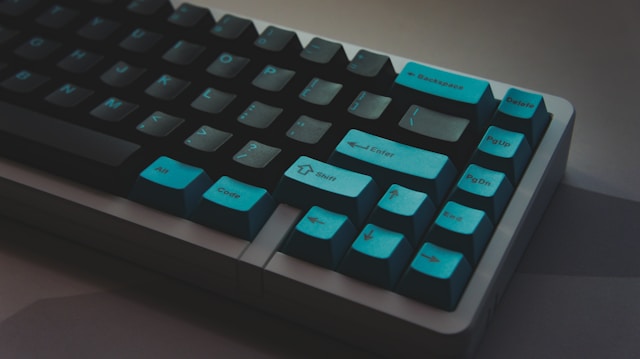
In modern technology, the seamless operation and management of multiple computers through a single set of peripherals have become paramount for businesses, IT professionals, and tech enthusiasts alike. The keyboard-video-mouse (KVM) switch, a cornerstone in the architecture of efficient computing environments, offers a sophisticated yet straightforward solution. This exploration delves into the transformative role of KVM switches, highlighting their applications, advancements, and the subtle ways they enhance operational workflows.
The Genesis of Multi-Device Management
KVM technology was developed in response to the growing need for streamlined management of multiple computers within limited physical spaces. Initially embraced by server administrators and data centres, its utility has since expanded, permeating various sectors, including broadcasting, education, and high-end personal computing setups. This progression reflects users’ evolving requirements seeking to conserve space and quickly and precisely optimise their control over numerous systems.
Core Features and Functionalities
At its heart, the KVM switch controls multiple computers from a single keyboard, monitor, and mouse. This capability is not just about reducing physical clutter but also about enhancing productivity. Users can switch between systems swiftly without the need to physically move or reconfigure cables. This efficiency is further augmented by integrating features like hotkey commands, on-screen displays, and remote access functionalities in advanced models, providing users a seamless interface to manage their systems.
Technological Advancements and Innovations
As digital landscapes evolve, so do these controls, with manufacturers incorporating cutting-edge technologies to meet the demands of modern computing environments. Innovations such as DVI, HDMI, and DisplayPort ensure high-resolution support, catering to users’ needs requiring superior video quality. Furthermore, integrating virtual network computing (VNC) and Internet Protocol (IP) capabilities facilitates remote management of systems. This feature has become indispensable in remote work and distributed IT infrastructures.
Application Spectrum: Beyond the Server Room
Each piece’s versatility extends beyond the confines of traditional server rooms into arenas where multiple computer management is essential. For example, controlling several machines from a single station significantly enhances multimedia production and broadcasting production workflows. Educational institutions leverage this technology to facilitate computer lab management and collaborative learning environments. The broad applicability of these switches underscores their significance in diverse operational contexts.
Navigating Challenges and Solutions
Despite their myriad benefits, integrating these controls into complex systems is challenging. Compatibility with various operating systems and peripherals, ensuring secure connections, and managing potential latency issues are pertinent considerations. However, ongoing advancements in KVM technology address these concerns, with manufacturers offering solutions that provide robust security features, broad compatibility, and minimal latency, thus ensuring a smooth and efficient user experience.
Future Trajectories and the Horizon of Possibilities
As the digital domain continues to expand, the role of these solutions is set to evolve further. The advent of cloud computing and virtualisation presents new paradigms for this technology, with potential developments in cloud-based KVM solutions and enhanced virtual machine management. These advancements promise to redefine the boundaries of what is possible, offering users unprecedented flexibility and efficiency in managing their computing resources.
Energy Efficiency and Environmental Consideration:
Modern devices are designed with energy efficiency in mind. By allowing users to control multiple computers from a single console, these devices significantly reduce the need for multiple monitors, keyboards, and mice, lowering energy consumption. Additionally, some are equipped with power-saving features that automatically reduce power usage when not actively managing all connected systems. This focus on energy efficiency helps organisations reduce their carbon footprint and contributes to lower operational costs.
Choosing to use KVM switches goes beyond simple convenience. It’s a strategic move that highlights a dedication to making operations run smoother and being able to adjust on the fly. The way these switches keep improving shows how well they’re keeping up with what users need, paving the way for a more efficient, innovative, and productive setup.



